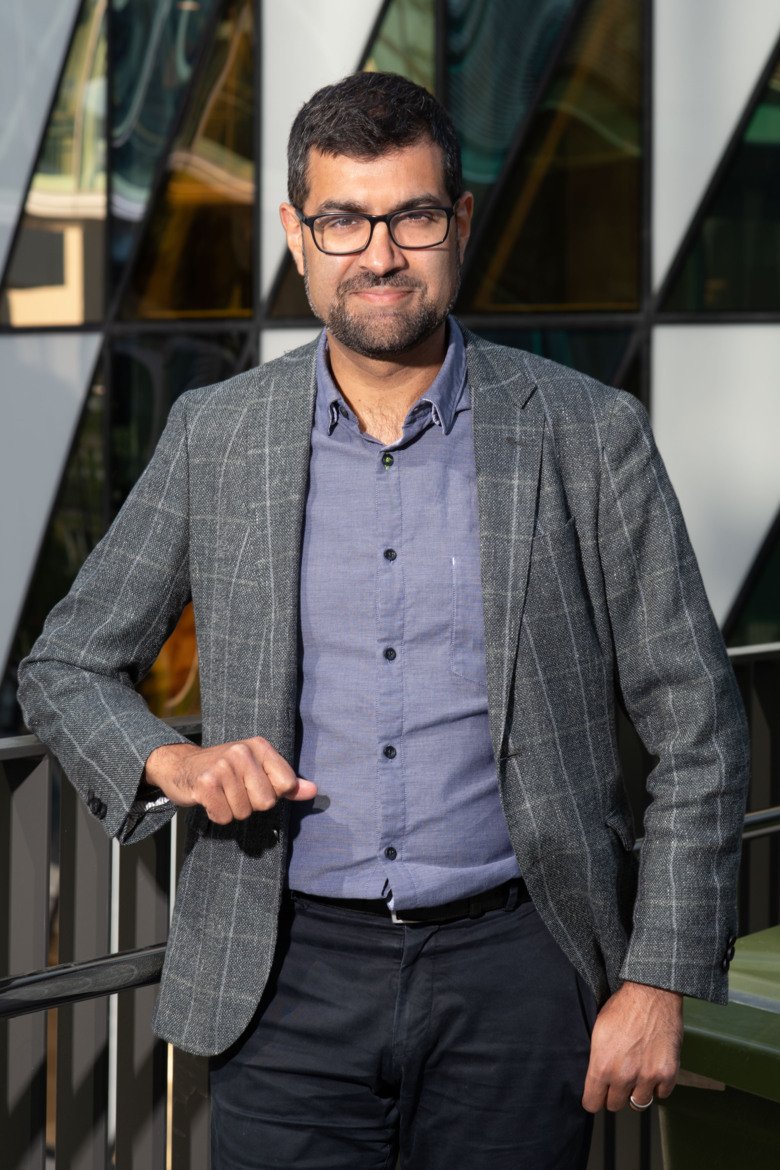His findings shed light on MS
Gonçalo Castelo-Branco investigates the cells that produce myelin, the vital insulation that ensheathes our nerve cells. He has made unexpected findings that might help to explain what causes MS and eventually give rise to novel treatments.

What are you researching?
“My research is on multiple sclerosis – or MS – and a special type of cell called the oligodendrocyte, which plays an important part in this disease. In MS, the immune system attacks the myelin that insulates our nerve fibres. Oligodendrocytes are cells that produce myelin.”
What have you discovered?
“Much of our research has involved meticulously describing oligodendrocytes and how they develop from precursors into mature cells. In 2018, we discovered to our surprise that in MS, oligodendrocytes acquire certain immune-cell properties. We found that they can communicate with and activate the immune system, in particular T cells. This was totally unexpected and has partly pushed our research in a new direction. Since MS is an autoimmune disease for which the exact mechanisms remain unknown, our discovery can be relevant to understanding what causes the disease and drives its progression.
We’re particularly interested in studying this in an epigenetics perspective, by which I mean the level that governs how genetic information is read and translated into mRNA and subsequently to a protein. An important part of our progress is down to the use of new molecular biological techniques – especially single cell analysis, which has given us a detailed view of how individual oligodendrocytes behave. We plan to continue applying new techniques, such as spatial transcriptomics and spatial epigenomics.”
What do you eventually hope to achieve?
“The main question I’d like to answer is what role oligodendrocytes have in MS. I also hope that in answering this, we can contribute to new treatments, particularly for the later, progressive phase of the disease, for which we currently have no efficacious medicine. It also turns out that oligodendrocytes are more involved in Parkinson’s and Alzheimer’s than previously thought, so I hope that our research can come in useful in these fields too.”
Text: Anders Nilsson, in translation from Swedish
First published in the booklet ‘From Cell to Society 2022’
About Gonçalo Castelo-Branco
Professor of Glial Cell Biology at the Department of Medical Biochemistry and Biophysics
Gonçalo Castelo-Branco was born in Cantanhede, Portugal, in 1976. He studied biochemistry at the University of Coimbra, graduating in 1999. He earned his PhD at KI in 2005 and did his postdoc research at KI from 2005 to 2008 and at the Gurdon Institute, UK, from 2009 to 2012.
Castelo-Branco returned to KI and started his research group in 2012. He became docent in 2016. In 2019 he was awarded the Swedish Society for Medical Research 100th Anniversary Prize and in 2021 both the Göran Gustafsson Prize for medicine and the Eric K Fernström Prize for young, especially promising and successful researchers.
Gonçalo Castelo-Branco was appointed Professor of Glial Cell Biology at Karolinska Institutet on 1 November 2021.
